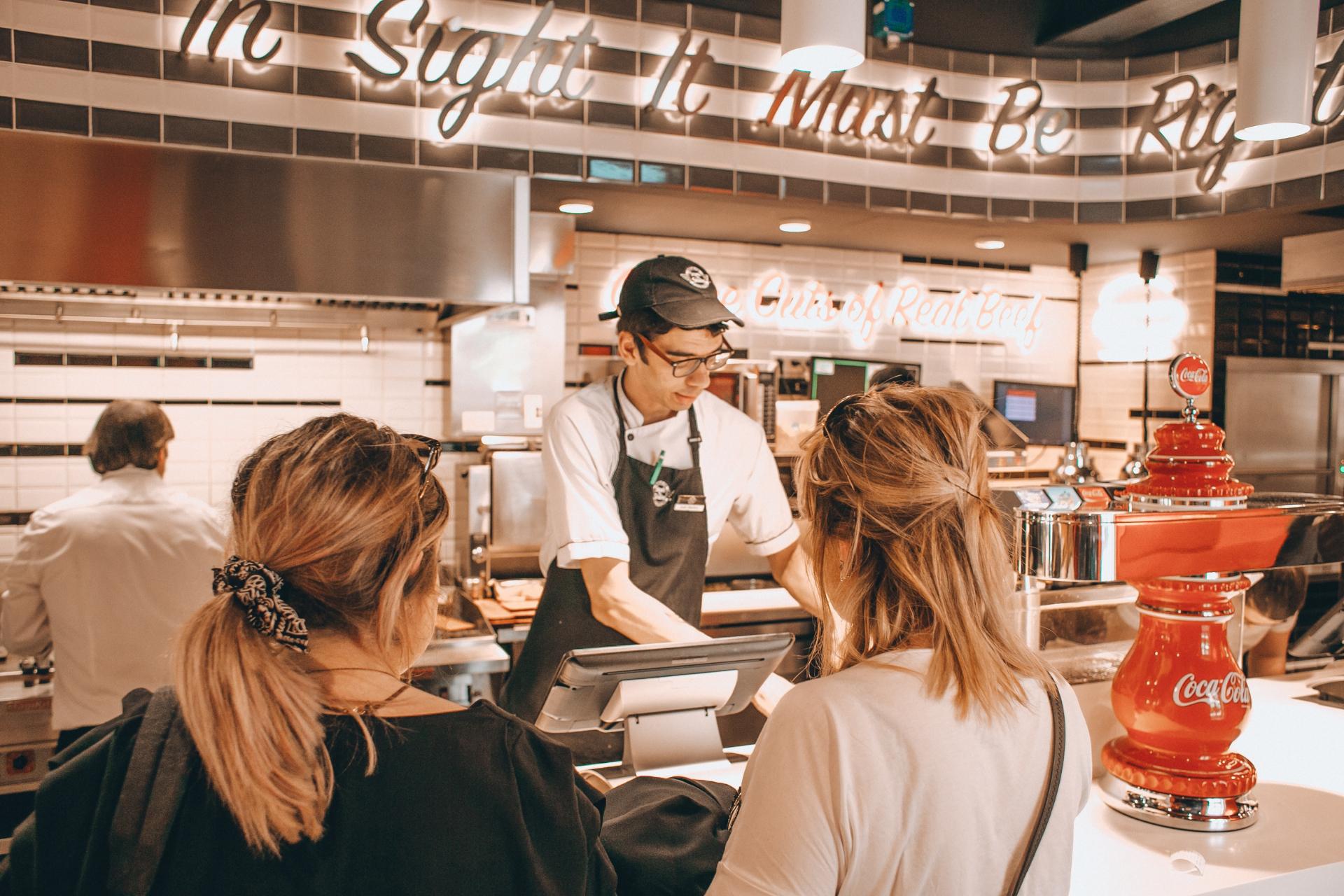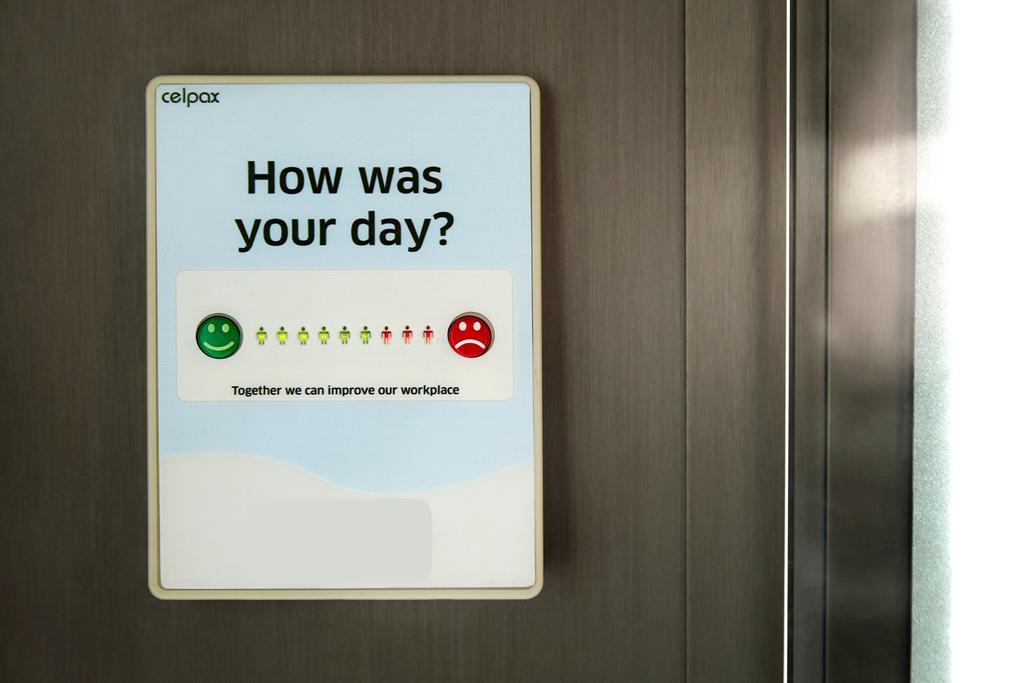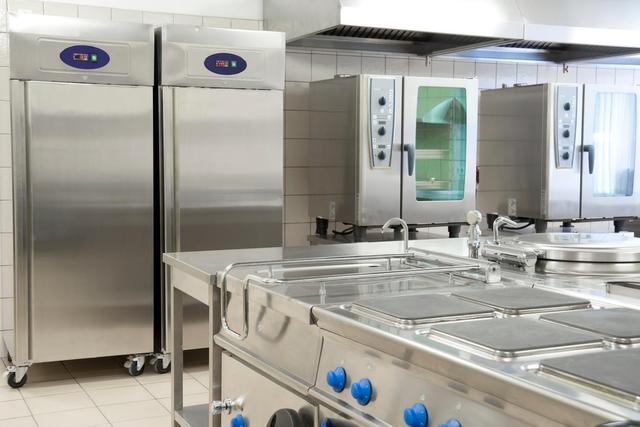Don't you know if your restaurant's customer service is good enough?
Do you want to improve the customer service of your food business?
Customer service in restaurants has a lot of weight in other aspects of your business.
Some of these aspects are your profits, the effectiveness of your business to retain customers, the satisfaction of your customers, the reputation of your restaurant, and more.
That's why you should strive to define and refine as many details of customer service as you can to improve its performance and its impact on other aspects of your business.
In this article, I will talk to you about:
- Customer service and why it is crucial for restaurants.
- On the aspects that are affected by the quality of customer service.
- And about the process you must follow to improve it.
This article will also serve as a basic guide for conducting customer satisfaction surveys. These will be very useful to improve your customer service and perhaps other errors that may go unnoticed in your restaurant.
Let's get started!
Definition of Customer Service in Restaurants

If there is one thing we all know, in general, is that customer service is crucial in businesses.
But, before we get into that topic, let's talk about the meaning of customer service in restaurants.
Customer service in restaurants is a bit different from that of many companies, especially since each restaurant is different. For example:
- There are restaurants that offer a specific type of service that aims to satisfy all the needs of their customers.
- There are also restaurants that minimize interaction and customer service to maximize sales, without creating a deep relationship with each customer. This is the case in many fast-food restaurants.
- And there are restaurants that are based solely on meeting the needs of each client in order to differentiate themselves from the competition. This happens in restaurants that are surrounded by their competition or that have a common gastronomic offer.
Customer service in restaurants is a process that aims to meet customer demands, maximize service convenience, and customer satisfaction before, during, and after the service is offered.
The only difference is that it is a little more affected by the objective of each restaurant, be it to maximize sales, improve the reputation of the restaurant, improve customer satisfaction, among others.
It is also different in restaurants because it is a more intimate, personal, and customizable service, depending on the capacity of the restaurant.
To summarize, you could say that your restaurant's customer service depends directly on its objectives, which in turn depend on other factors such as the type of restaurant, its target audience, and more.
Customer Service Process in Restaurants
The customer service process in a restaurant is similar to that of other service and hospitality businesses.
Something that few guides mention is that the customer service process begins outside of your restaurant — it begins in the different channels that it has.
Below I detail what are the parts of this process.
1. Restaurant Channels
Your restaurant’s channels are the first part of the process because currently most of the potential diners of your business research it on the internet before visiting it.
They can also contact your business for different reasons.
The specific role of customer service in your restaurant channels is:
- Provide basic information about your restaurant — location, hours, services, average cost, and more.
- Answer questions and doubts that restaurant customers have.
- Capture reservations through phone calls or an online reservation system on your website and more.
Offering good customer service on these channels, be it service by phone, social media, messages, and more is vital.
You must answer each question or doubt and provide all the necessary information about your business quickly, efficiently, and with good manners.
2. Direct Customer Service in Your Restaurant

This type of customer service is what happens when the diner is in your restaurant.
Waiters play a vital role in this part of the process, as they are the ones who are in constant contact with the customer.
Waiters must:
- Treat customers in a courteous and friendly manner.
- Answer each diners’ questions about dishes, preparation times, and more.
- Provide clients with important information about each dish, such as allergy risks, and more.
- Provide the service as fast and efficiently as possible.
- Identify problems in the service and inform the customer of the inconvenience.
- Offer solutions to problems.
- And take care of conducting a survey of the service — we'll talk about this later.
All of these steps are vital to satisfying customer needs and meeting their expectations.
Therefore, you must take care of managing your restaurant staff correctly, defining service scripts, and more.
This can be the difference between the success of your restaurant and its rapid failure.
3. Customer Service After Service

Currently, the service of a restaurant does not always end when the diner leaves the restaurant.
Why?
Because now customers have the power to share their opinion on different mediums, such as restaurant review websites, on Google My Business, and more.
In general, you should create a strategy that allows you to:
- Respond to every complaint or review left by diners who visit your restaurant.
- Make sure you offer solutions to the problems that arise there.
- Improve your service based on suggestions, complaints, or common problems.
You should pay attention to this aspect of your restaurant to have more control over the reputation of your business. I recommend that you read this article about restaurant reviewsand how to improve them.
Restaurant Customer Service Is Crucial
As I mentioned in the introduction, restaurant customer service is crucial because it influences various aspects of your business.
Next, I will talk about these aspects and how they are affected by the attention you offer in your restaurant.
Branding Strategy
The customer service of your restaurant has a considerable impact on the effectiveness of your branding strategy to connect with your target audience.
Remember that your branding strategy is actually affected by every aspect of your restaurant!
Therefore, the quality and effectiveness of customer service in your restaurant can significantly affect the way your customers perceive your brand.
If you make your customers associate your brand with poor service, you will have to work to create actionable solutions to the problem, which can be costly.
Plus, you can always use your effort to highlight other aspects of your brand, instead of recovering it from the damage that you have caused with poor customer service.
Marketing Strategy and Customer Loyalty

The marketing strategy and customer loyalty, along with the branding of your business, must work in harmony to promote it. That is why these aspects are also affected by customer service.
For example, your marketing strategy should highlight key aspects of your business and its strengths.
Having poor customer service weakens the results that your marketing strategy can bring you significantly.
When it comes to customer loyalty, the reason is quite simple.
You can't build customer loyalty if you don't offer personalized attention that meets your client’s needs and makes them want to come back.
Sales and Profits
Considering the previous point, sales and profits are indirectly affected by poor quality customer service.
It is well known that restaurants get more profits thanks to regular customers.
On the other hand, poor customer service directly affects word-of-mouth marketing, which will affect your sales and profits.
How to Apply Restaurant Surveys to Improve Customer Service?

There are several methods you can use to improve customer service at your restaurant, but all of these strategies stem from one thing in common — satisfaction surveys.
Customer satisfaction surveys are vital to improving your restaurant's service and attention by identifying real issues. But they can also be key to improving other aspects of your business.
Next, I will talk about how you can create surveys to improve different aspects of your business, and of course, customer service.
1. Create Your Survey
Choosing objectives for your survey will help you generate the correct questions to obtain the results that will help you better understand the problem you want to solve.
Your survey objectives can be based on whatever aspect of your business you want to improve.
The example goal I will be working with in this guide is to improve customer service.
2. Create Questions That Make Your Guests Share Their Criticism Regarding the Aspect You Want to Improve

The questions that you must create can be of two types, open or closed. My general recommendations are:
- Create a maximum of 4 questions.
- Use a minimum of two closed questions and one open question to elicit helpful criticism.
- Open questions should have limited space for answers. Otherwise, your clients may feel pressured to leave very long responses.
- Closed questions should be simple and as direct as possible.
Some examples of questions you would use in a survey to improve customer service would be:
- Did you like the service?
- On a scale of 1 to 10, with ten being “perfect” and one being “the worst”, how would you rate our customer service?
- What do you think we should improve about our customer service?
These simple questions will help you gain vital information to improve your customer service.
Of course, these types of questions are also applicable to surveys with other objectives, such as improving the restaurant environment, food, and more.
3. Apply the Survey in Different Formats
The great thing about surveys is that they are really quite effective and versatile. You can do them in the following ways:
- On your website.
- Using online forms, such as Google Forms.
- Using forms sent via email.
- In your restaurant’s social media.
- In-person creating evaluation sheets or cards for your servers to hand out after the service.
Regardless of which method you choose, it is a good idea to adhere to the recommendations I mentioned above to maximize the effectiveness of the survey.
4. Study the Results

After applying the survey and you get a good number of responses — preferably more than 100 — you can begin to study each one.
You will need to analyze each answer to the open-ended questions individually to get specific suggestions, ideas, and criticisms.
The closed questions will give you the approval percentage of your restaurant and more depending on the questions you have chosen.
Pay special attention to:
- Complaints that are repeated more than once.
- The suggestions that your clients give you.
This way you will find the areas to which you should focus more on to improve your business. You might get a great idea to apply to your restaurant in the process!
5. Create Effective Solutions to Each Problem
Finally, you must create solutions that help you improve customer service in your restaurant directly and effectively.
After applying these solutions, you can implement the same survey to verify if something has changed in the perception that customers have about your service.
Remember that you can — rather, you should — apply this process to every aspect of your restaurant that affects the quality of service and the opinion of customers.
Perfect Your Restaurant’s Customer Service
Good customer service is essential for your restaurant to maximize its sales, achieve its objectives, improve its profits, and of course, effectively satisfy diners.
If you have questions or problems about the service you offer in your restaurant, my recommendation is that you carry out a survey to identify the problem that customers find in your restaurant.
Little by little, you can improve customer service and other aspects of your business!
Are you taking the time to evaluate customer service in your restaurant?




